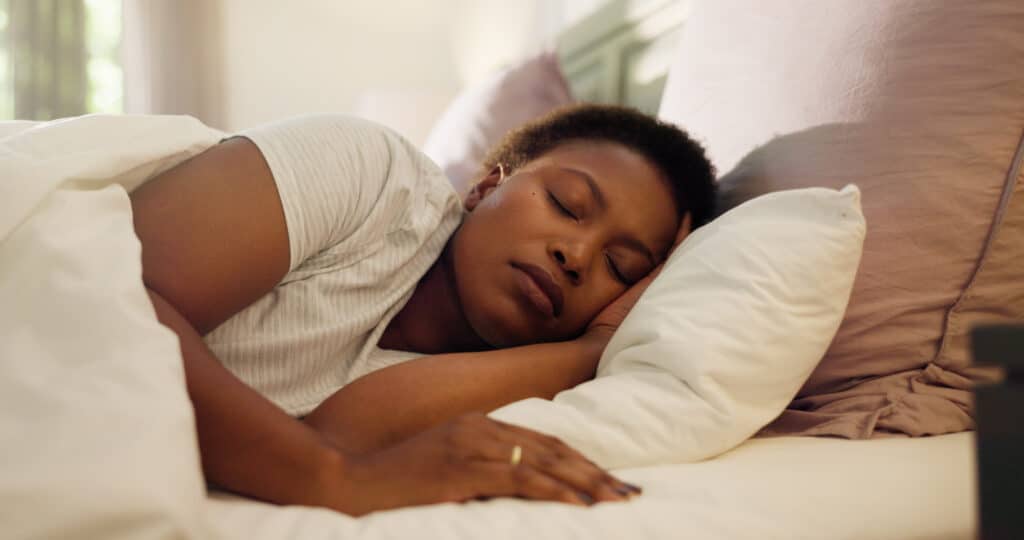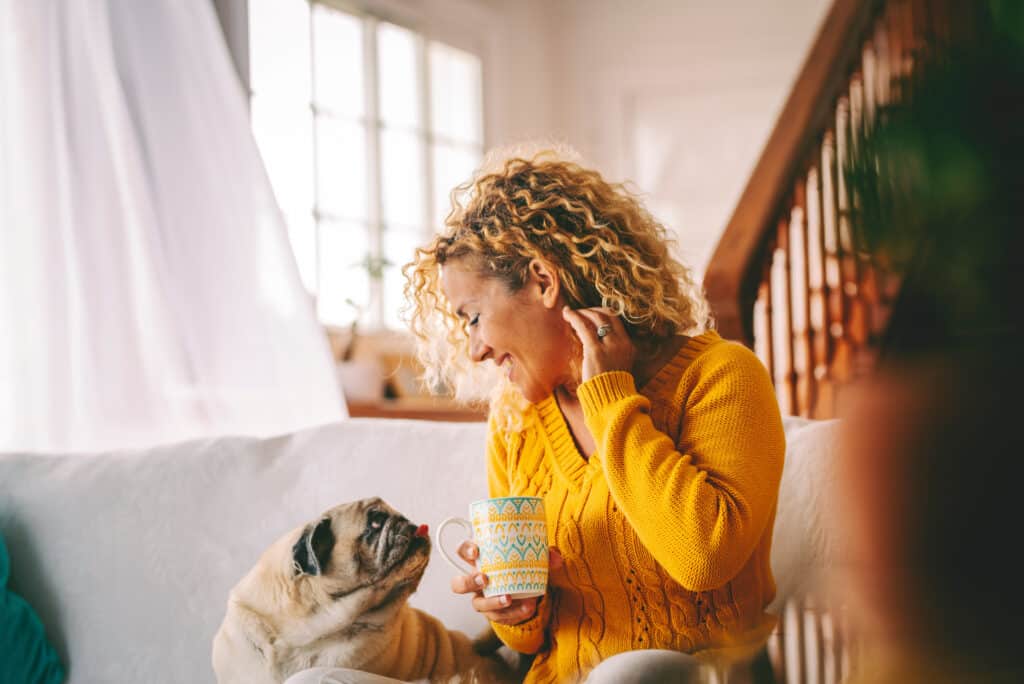About 1 in 10 people have a panic attack every year. Common physical symptoms are shaking, sweating, shortness of breath, chest pain, and nausea. They can also affect your thinking, making you feel like you’re outside of your body.
The symptoms vary. Yet a common theme of panic attacks is fear. It may be fear of what’s happening in your body. Or a fear of losing control. That fear can cause some people with panic symptoms to develop avoidance behaviors. They’re most common in people who have frequent panic attacks.
What are avoidance behaviors?
Avoidance behaviors are something a person does—or doesn’t do—to deal with this fear. Sometimes the behaviors are obvious, and limit where you go and what you do. This can be avoiding things like crowds, open spaces, elevators, bridges, or travel.
Others are more subtle. You might go to crowded places but only with a friend. Or you distract yourself from this fear by listening to music or counting your footsteps. These can be easier to hide.
Can avoidance help with coping?
Avoidance might feel comforting in the moment. But over time, it reinforces fear and anxiety. And it can grow. What might start as inconvenient may lead to trouble grocery shopping or going to work. Fears around travel can make it hard to go to appointments or special occasions. It’s hard to live a full life.
How to overcome avoidance behaviors
Do you recognize these behaviors in yourself or someone you care about? Treatment can help.
At-home treatment
Freespira is a convenient treatment that’s fully covered for eligible members. It can provide relief from panic attacks in 4 weeks. And studies show it can reduce or even stop symptoms. With Freespira, there are:
- No medications to take
- No waiting lists
- Nothing to buy
- No need to visit a doctor’s office
See if Freespira is right for you by checking your symptoms now.



